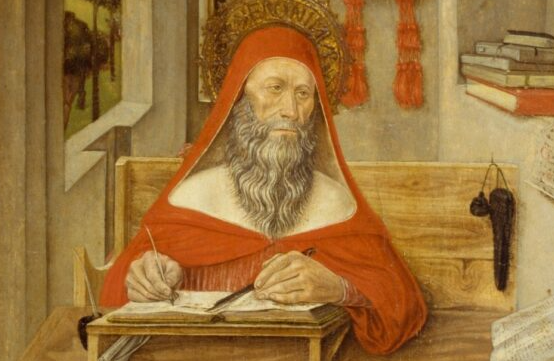Saint Jerome’s Legacy in Biblical Translation
Saint Jerome, a pivotal figure in early Christian history, is best known for his translation of the Bible into Latin. This monumental work, the Vulgate, has left an indelible mark on biblical studies and the Christian faith. Understanding Jerome’s contributions helps illuminate the evolution of biblical texts and their accessibility through the ages.
The Life of Saint Jerome
Born around 347 AD in Stridon, present-day Croatia, Jerome was not only a scholar but also a passionate advocate for the Christian faith. His journey took him through various regions, including Rome and Bethlehem, where he devoted himself to translating sacred texts. Jerome’s prolific writings and scholarly pursuits reflected a deep commitment to making the Bible understandable to the common person, countering the intellectual elitism of his time. His personal struggles and dedication to scholarship led him to become a Doctor of the Church, influencing generations of theologians and laypeople alike.
The Vulgate: A Turning Point in Accessibility
Jerome’s primary achievement, the Vulgate, was more than just a translation; it was a transformation in the way the Bible was perceived. Before the Vulgate, the Bible was primarily available in Greek and Hebrew, languages not widely understood by the general populace. Jerome’s Latin version brought the scriptures to the Roman Empire, making them accessible to an audience eager for spiritual guidance. This democratization of biblical texts played a crucial role in the spread of Christianity and the establishment of Latin as the language of the Church for centuries to come.
Impact on Future Translations
The influence of the Vulgate extends far beyond its initial release in the early 5th century. Subsequent translations into vernacular languages often drew from Jerome’s work, incorporating his insights and interpretations. Even the Protestant Reformation, which sparked widespread calls for translations into local languages, relied on the foundations laid by the Vulgate. Scholars and translators like Martin Luther and William Tyndale built upon Jerome’s work, highlighting its significance in shaping biblical literacy and religious reform. The Vulgate remains an essential reference point in biblical scholarship and translation studies.
Conclusion
Saint Jerome’s legacy is a fascinating tale of faith, scholarship, and linguistic accessibility. His work not only made the Bible available to the masses but also set the stage for countless translations that followed. Today, as we continue to explore and interpret the scriptures, Jerome’s influence is as relevant as ever. To delve deeper into his life and impact, consider reading more about the history of biblical translation or exploring modern scripture studies. If you’re interested in Christian art, explore the symbolic Christian statues that blend faith, history, and beauty.

